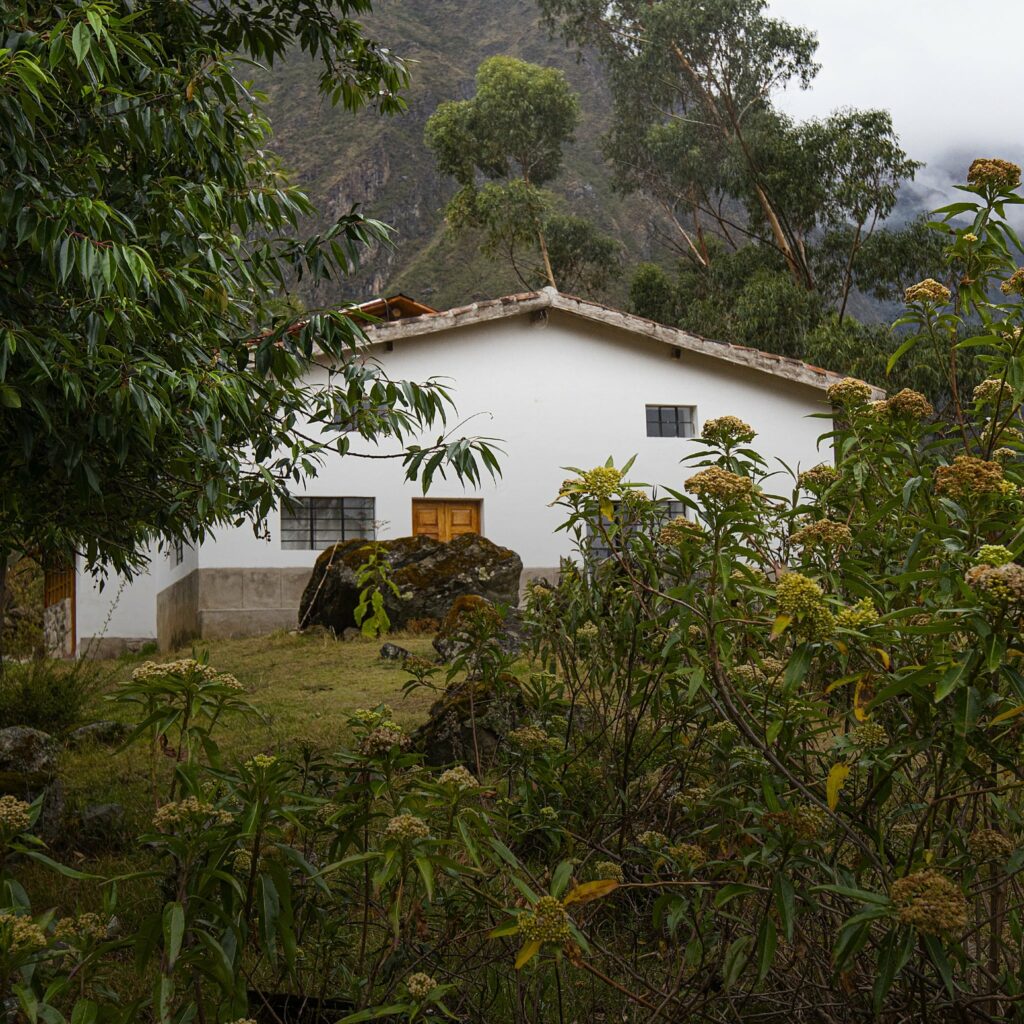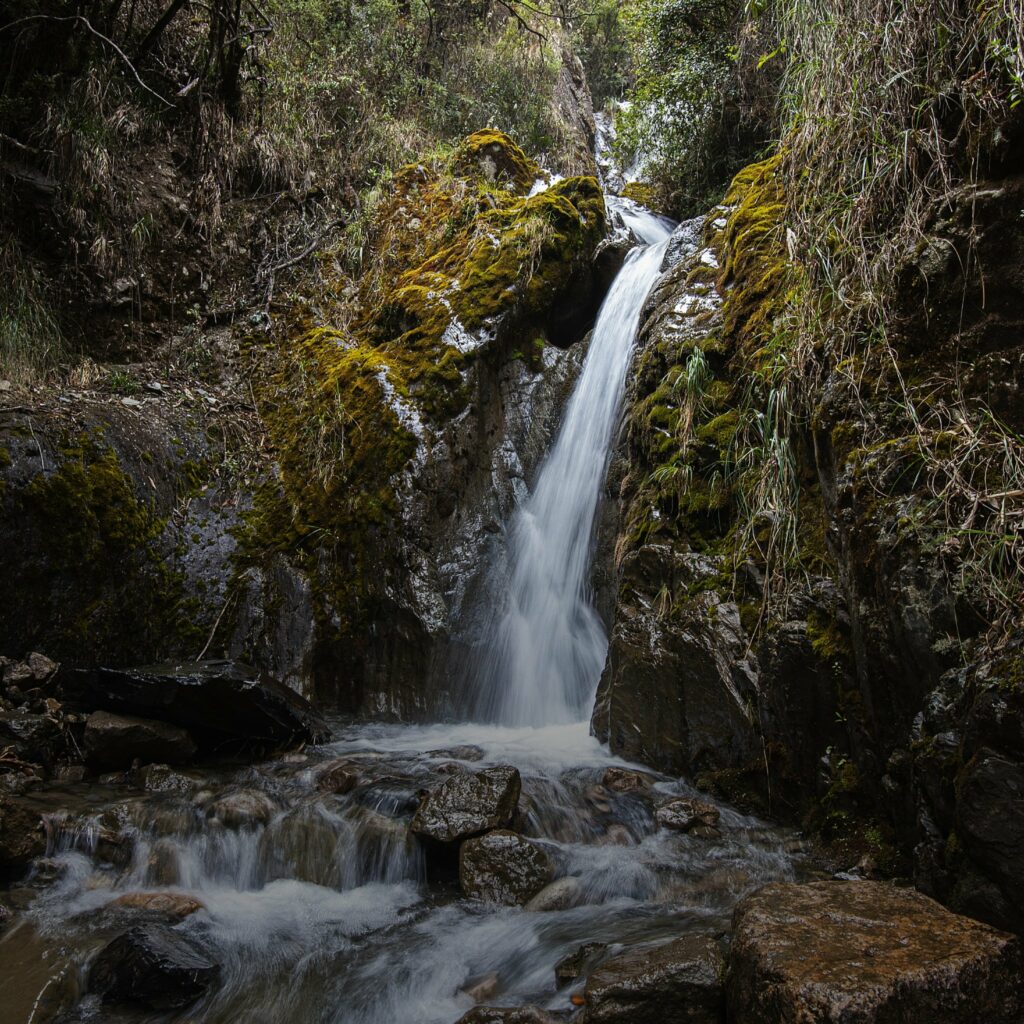
Nestled within the Sacred Valley of Cusco, Peru, at the foot of the snow-covered mountain that shares its name lies “Santuario de la Verónica”, a private conservation area owned and operated by Miguel Bellota and his wife, Katia Mejía. The fragile inter-Andean forests protected within the santuario’s expanse are home to over 200 endemic species.
Miguel was not always a conservationist: “For twelve years I worked as a tour guide on the Inca Trail,” he said. Miguel traversed the 26-mile trek to Machu Picchu hundreds of times, familiarizing himself with the region’s diverse mountain and jungle ecosystems, and often similarly diverse tourists. After more than a decade, Bellota felt increasingly connected with the landscapes he called home. “I learned to listen to the mountains, and I realized that this land is truly sacred.”

This love for the land turned into a drive to protect it. Wondering where he could help, Bellota turned to his own resources. His parents had passed down a 50-acre plot of land to him and his family within the Sacred Valley, located 34 miles from the city of Cusco. The remote land, he realized, conserved some of the last untouched ecosystems in the Sacred Valley.
Miguel then began a process with his family, the Peruvian Government, and the NGOs Conservación Amazónica (ACCA), Amazónicos por la Amazonía (AMPA), and the Andes Amazon Fund to have his land recognized as a new Private Conservation Area (ACP using the Spanish acronym). In 2016, Santuario de la Verónica officially joined Peru’s ever-expanding list of ACPs.
Owning and running a Private Conservation Area, however, brings many difficulties. ACP leaders must come up with their own funding, manage their signage, surveillance, and reporting, and take charge of the area’s longevity. Miguel has many plans for the future of his ACP. His dream for Santuario de la Verónica is to bring about responsible tourism—helping visitors reconnect with nature, and learn to respect their natural surroundings and the benefits they bring. “I don’t want one thousand tourists,” said Miguel. “I want 50 who will come and truly want to learn and connect with nature. I want to turn tourists into eco-tourists.”


Of course, one husband and wife pair managing 50 acres means there are unwanted visitors. Miguel has come face to face with the likes of illegal hunters, disrespectful tourists, and loggers. Confronting these outside actors means taking on a significant amount of risk. “They have threatened my life,” Miguel explained, looking dejected. “People have brought machetes and have taken pictures of me. Because I am alone, I’m forced to stay quiet.”
Another factor that has complicated the Bellota’s situation is forest fires. Cusco, as well as several other parts of Peru, has seen a significant uptick in forest fires in the past couple of years. These are worsened by drought conditions driven by a changing climate, but are often started due to illegal activities. The local government rarely steps in to help. “My wife and I have put out three forest fires in silence,” said Miguel. He recalled a recent incident when he reported an active forest fire near his property to the local fire brigade and was told to call back on Monday. It was Friday afternoon.

Although his hope is often tested, Miguel and his family stand strong in their commitment to conserve and protect Santuario de la Verónica. They hope to find more funding to hire park rangers, purchase monitoring technology like drones, and erect signage to better delineate their property. They hope to continue attracting visitors willing to leave the world of internet connection for a moment, and open up to a new kind of connection— one with the powerful mountains, forests, and rivers of this small yet mighty pocket of the Sacred Valley.
Learn more about Santuario de La Verónica on their website and follow them on Instagram for updates.
Learn more about Amazónicos por la Amazonía (AMPA), Conservación Amazónica (ACCA) and Amazonía Que Late, which supports voluntary conservationists like Miguel.
MAKE AN IMPACT
Learn how we can make an impact in our world together. Donate or get involved by subscribing to our email list:
